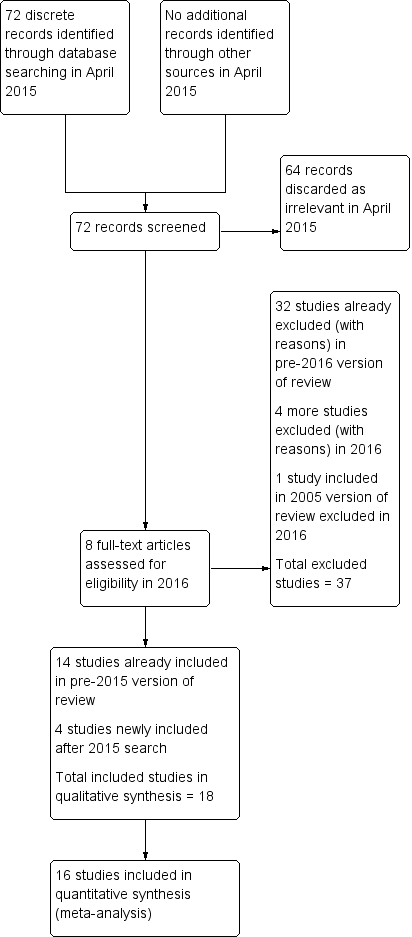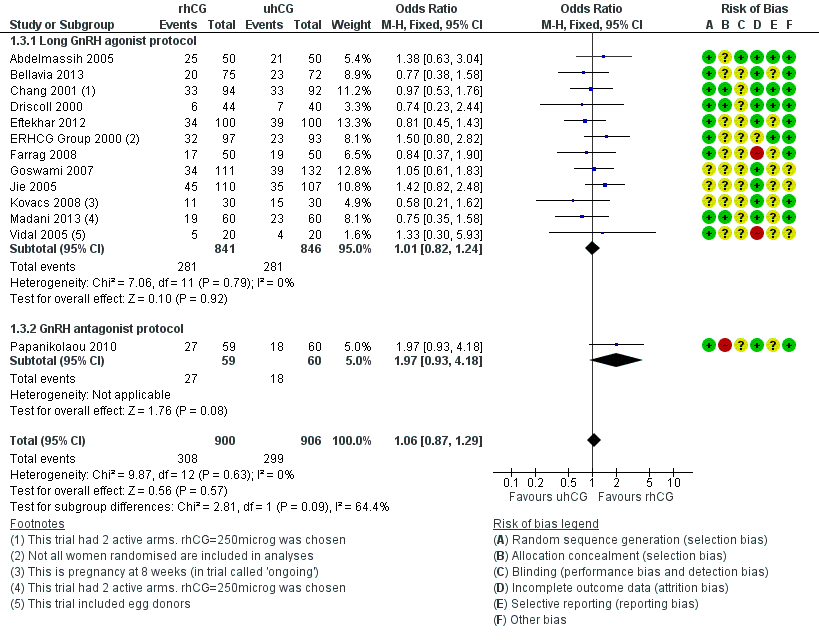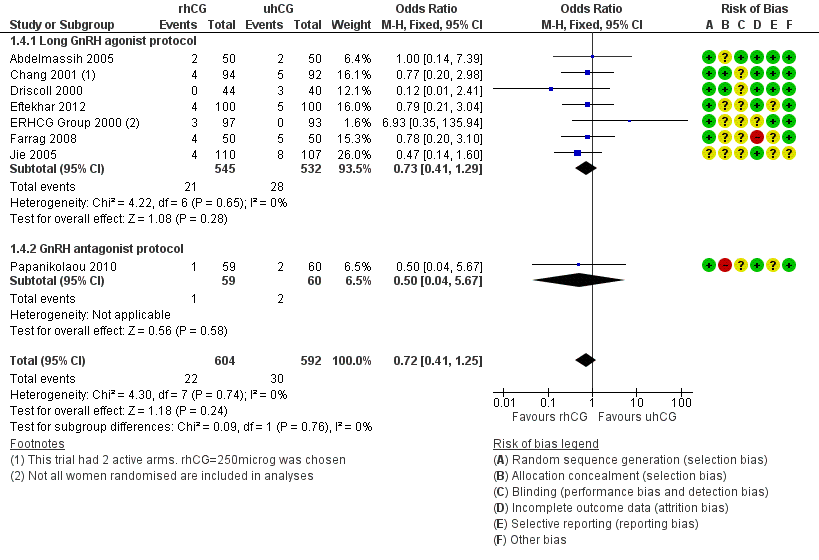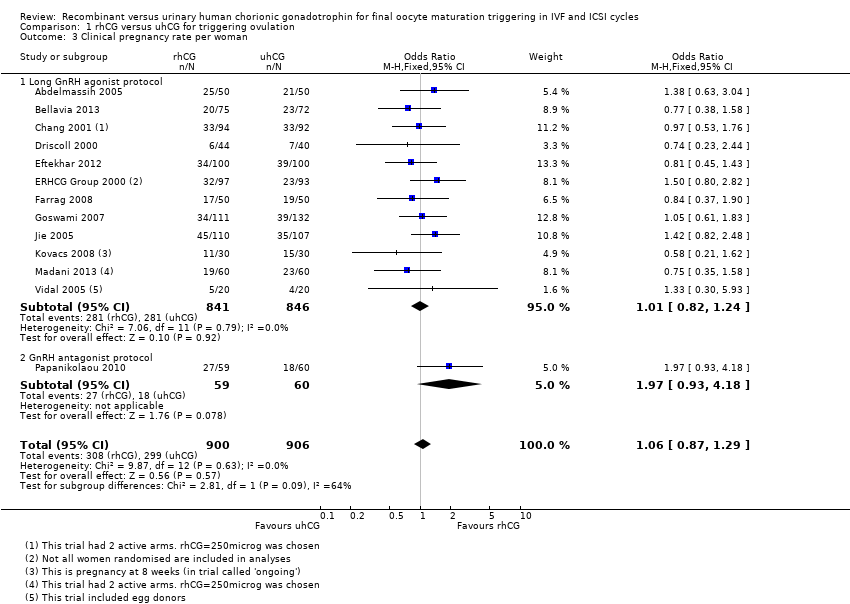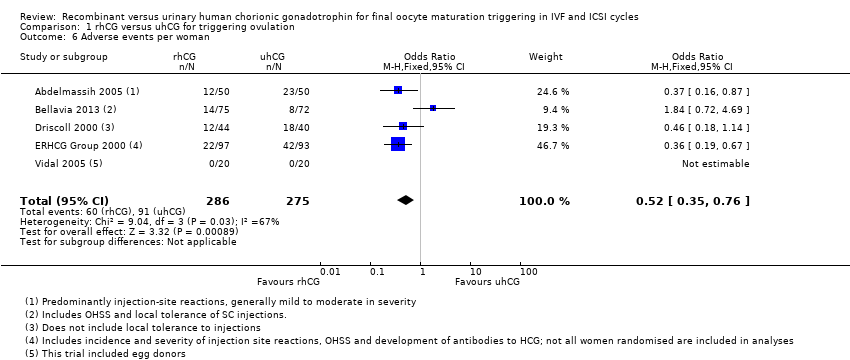Contenido relacionado
Revisiones y protocolos relacionados
Mohamed AFM Youssef, Fulco Van der Veen, Hesham G Al‐Inany, Monique H Mochtar, Georg Griesinger, Mohamed Nagi Mohesen, Ismail Aboulfoutouh, Madelon van Wely | 31 octubre 2014
Salim Daya, Joanne L Gunby | 19 julio 2006
Astrid EP Cantineau, Mirjam J Janssen, Ben J Cohlen, Thomas Allersma | 21 diciembre 2014
Monique H Mochtar, Nora A Danhof, Reuben Olugbenga Ayeleke, Fulco Van der Veen, Madelon van Wely | 24 mayo 2017
Madelon van Wely, Irene Kwan, Anna L Burt, Jane Thomas, Andy Vail, Fulco Van der Veen, Hesham G Al‐Inany | 16 febrero 2011
Salim Daya, Abha Maheshwari, Charalambos S Siristatidis, Siladitya Bhattacharya, Ahmed Fathy Gibreel | 24 enero 2000
David Nugent, Patrick Vanderkerchove, Edward Hughes, M Arnot, Richard Lilford | 24 agosto 2015
Neriman Bayram, Madelon van Wely, Fulco Van der Veen | 21 julio 2003
Luiz Eduardo T Albuquerque, Leopoldo O Tso, Humberto Saconato, Maria Cecília R M Albuquerque, Cristiane R Macedo | 31 enero 2013
Mohan S Kamath, Abha Maheshwari, Siladitya Bhattacharya, Kar Yee Lor, Ahmed Gibreel | 2 noviembre 2017
Respuestas clínicas Cochrane
Charalampos Siristatidis | 22 noviembre 2016

